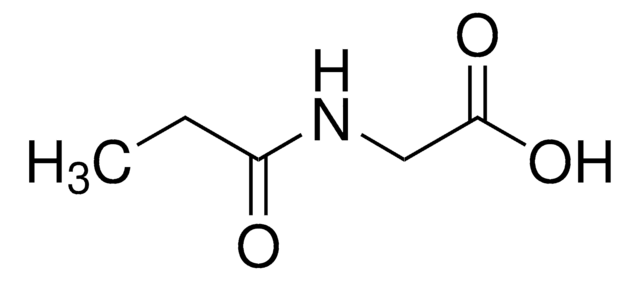59464
Trisodium 2-methylcitrate, racemic mixture of diastereomers
≥85% (mixture of diastereomers, NMR)
Synonym(s):
Trisodium 3-carboxy-3-hydroxy-2-methyl-pentanedioate
About This Item
Recommended Products
Assay
≥85% (mixture of diastereomers, NMR)
form
solid
impurities
≤5% water
SMILES string
[Na+].[Na+].[Na+].CC(C([O-])=O)C(O)(CC([O-])=O)C([O-])=O
InChI
1S/C7H10O7.3Na/c1-3(5(10)11)7(14,6(12)13)2-4(8)9;;;/h3,14H,2H2,1H3,(H,8,9)(H,10,11)(H,12,13);;;/q;3*+1/p-3
InChI key
HPLKAWNRQOHUKD-UHFFFAOYSA-K
Looking for similar products? Visit Product Comparison Guide
Application
Biochem/physiol Actions
Packaging
Storage Class Code
11 - Combustible Solids
WGK
WGK 3
Flash Point(F)
Not applicable
Flash Point(C)
Not applicable
Certificates of Analysis (COA)
Search for Certificates of Analysis (COA) by entering the products Lot/Batch Number. Lot and Batch Numbers can be found on a product’s label following the words ‘Lot’ or ‘Batch’.
Already Own This Product?
Find documentation for the products that you have recently purchased in the Document Library.
Customers Also Viewed
Our team of scientists has experience in all areas of research including Life Science, Material Science, Chemical Synthesis, Chromatography, Analytical and many others.
Contact Technical Service











